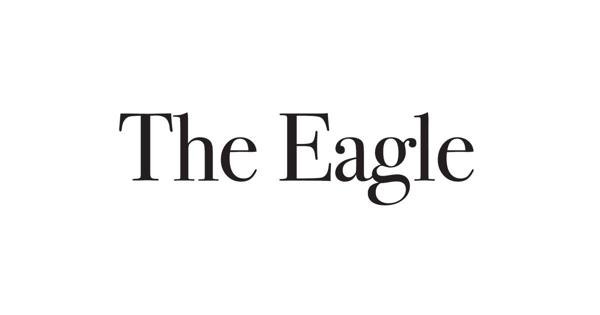
Abbey, Sask. rider Blake Smith has signed as a free agent with the Austin Gamblers
YORKTON – When it comes to sport development the PBR has proven itself rather adept at building ‘the brand’ of bull riding.
Certainly, bull riding has always been the premier element of rodeos, although I suspect there are saddle bronc riders, barrel racers and others who might take exception to that view. Still bull riders usually finish a rodeo as the highlight of the show.
So back in 1992 a group of 20 riders came up with the idea of shows with only bulls, and the PBR was born.
In the time since its founding PBR has become if not exactly a major sport when measured against football, baseball of stock car racing, at least a sport organization many have heard of.
According to pbr.com there are now more than 500 bull riders from around the world including the United States, Australia, Brazil, Canada and Mexico who hold PBR memberships, and events are shown on major networks such as CBS in the U.S. and TSN in Canada.
The success has been in large part because the PBR has always been innovative. They have married the product to key advertising brands. They have taken their events to what would not have been thought of US markets for rodeo, Los Angeles, Las Vega and New York among them.
And the PBR has changed how events are held, for example the PBR Global Cup pitting teams from the five big bull riding nations against each other in a team event setting.
And, now PBR is taking the idea of team versus team bull riding a step farther announcing recently the PBR Team Series, a new team-format league complementing its successful Unleash The Beast premier tour.
The PBR Team Series, which will span June to November 2022 in its inaugural season, following the May conclusion of the Unleash The Beast, is launching with eight founding teams playing a 10-game regular season culminating in a team playoff.
One of those teams is the Austin Gamblers, a team Canadian PBR fans are likely to flock too in-part because the Gamblers selected two-time world champion Jose Vitor Leme with the first pick in the PBR draft.
And of greater importance here in Canada, Griffin Smeltzer of Claresholm, Alta, and Abbey, Sask. rider Blake Smith have signed as free agents with the Gamblers.
Smith said the team concept appeals to him.
“I think it’s just awesome. I played hockey all my life and loved the team aspect,” the 20-year-old told Yorkton This Week. “I’m just thrilled.”
For Smith, who is in only his second year – his top finish was at the Lloydminster PBR Winter Classic last December – being part of a team will be a chance to learn, starting with sage advice Michael Gaffney who will coach the Gamblers.
“I can’t wait to get him videos of my riding,” said Smith who also competed in Yorkton last November.
It’s the same thing being on a team with someone like Vitor Leme. Who Smith said “will hopefully show” younger team members some of the things that have made him the best.
Smith also expects fans to like the team concept. He said when he was playing hockey fans liked wearing the home team’s jersey and he expects PBR fans to be the same.
For Smith being part of the inaugural edition of the Gamblers will be another step on a very new career, a career he said he has always wanted.
“I watched it for as long as I can remember,” he said.
And he recalls a mutton busting ride as a youngster where he made it around the arena when most fell almost immediately. The dismount had him landing on a stone, his hip left throbbing, but he still was thrilled by the ride.
“As soon as I was old enough I was steer riding at my local rodeos,” he said, adding he was hooked. “I couldn’t believe how much I fell in love with it.”
So turning pro was natural, something Smith said he wants to take as far as he can, while making some money along the way too.
To get better you of course need to ride bulls and lots of them.
“One hundred per cent, I’m always looking to improve myself,” said Smith, who went as far as to buy four bulls and set up a facility at home to practice.
Of course in Canada minus 40 weather in winter tends to limit ride options, so Smith called fellow Canuck Smeltzer to ask whether he should venture south to compete. The answer was a big yes.
“So I loaded up my truck and 25 hours later I was in Texas,” said Smith, adding for the last four months “I’ve been getting on bulls all over the U.S.. It’s been the best four months of my life. I’ve loved every minute of it.”





